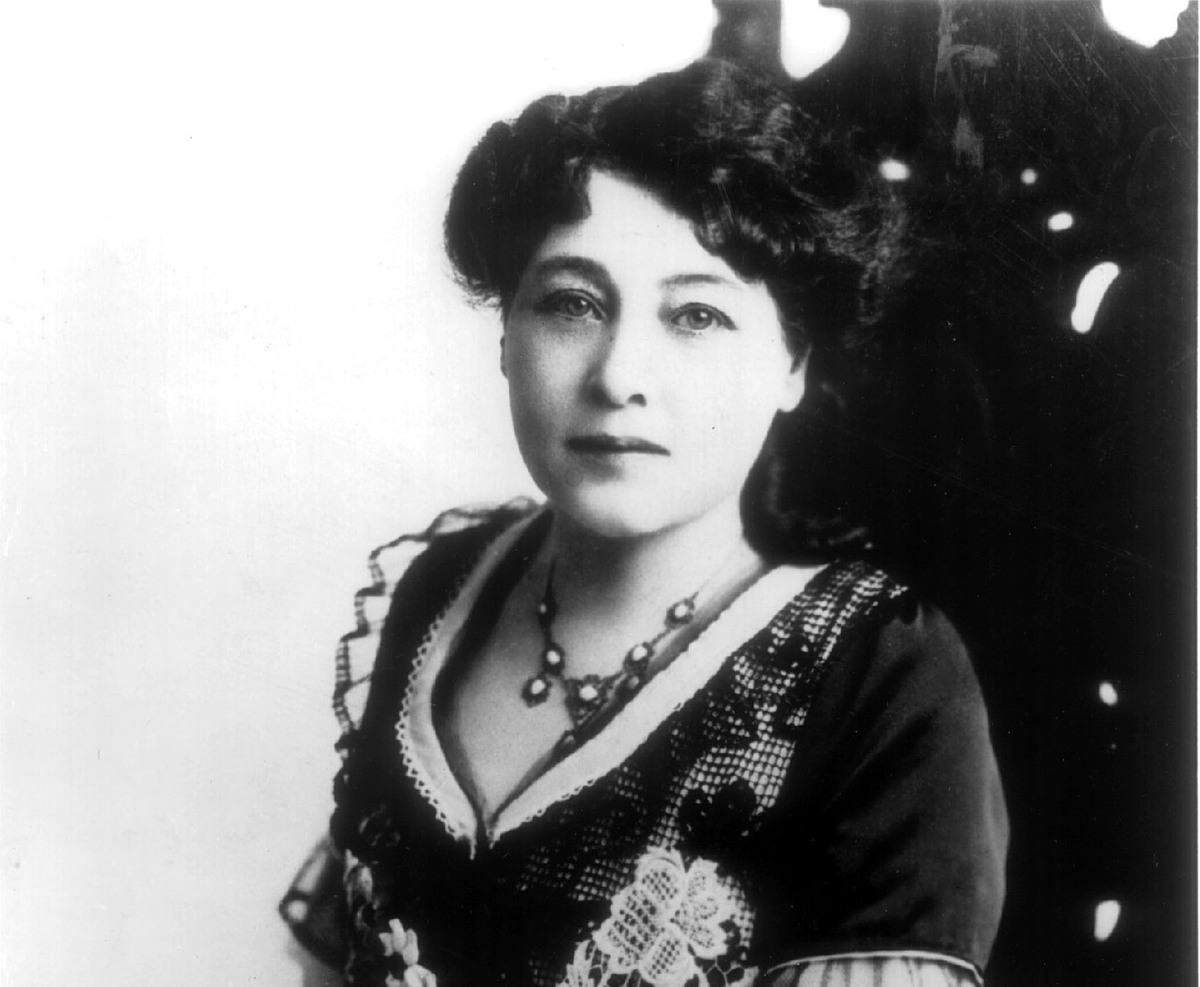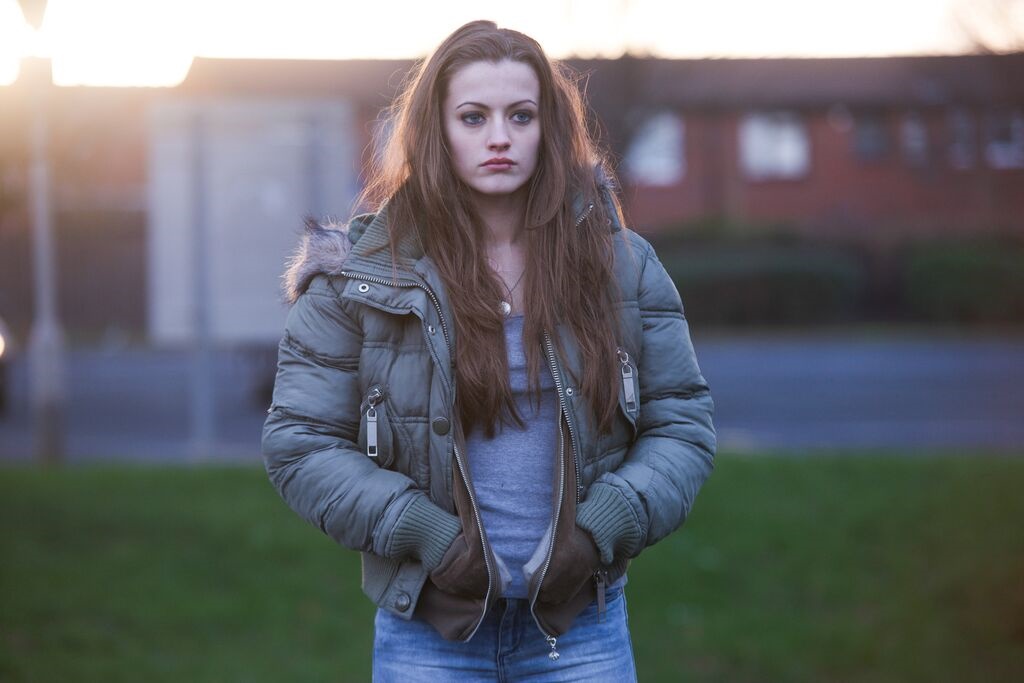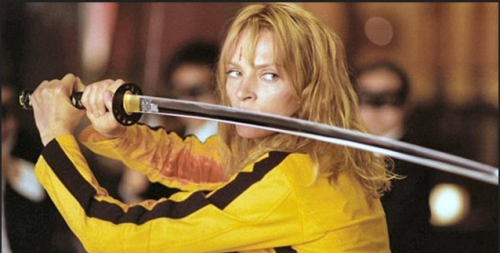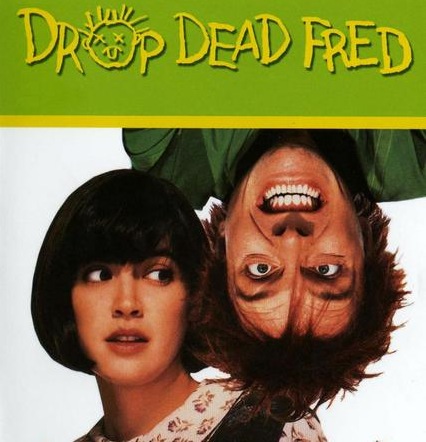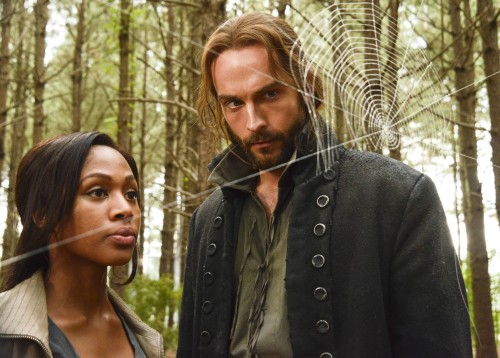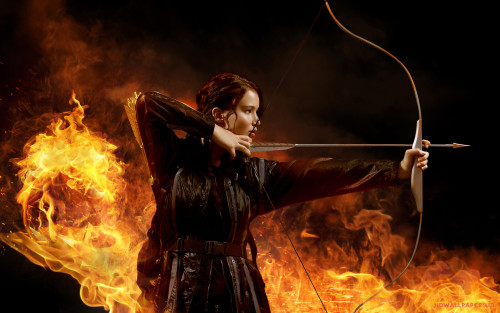Vintage Viewing: Alice Guy-Blaché, Gender-Bending Pioneer
When was the last time we watched vintage female-authored films and discussed their art or meaning? Bitch Flicks presents Vintage Viewing — a monthly feature for viewing and discussing the films of cinema’s female pioneers. Where better to start than history’s first film director, Alice Guy-Blaché?
